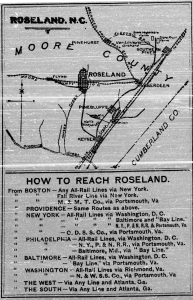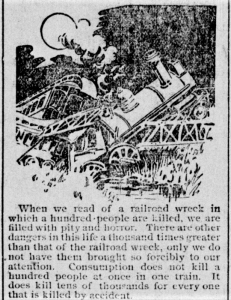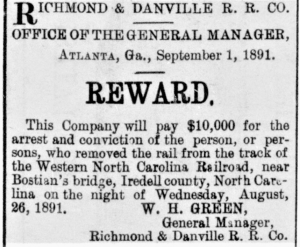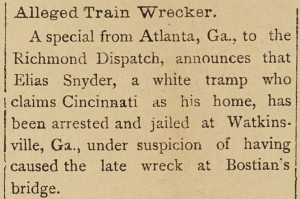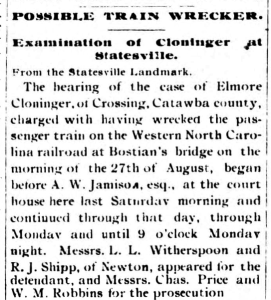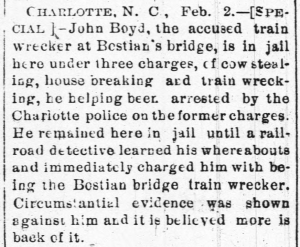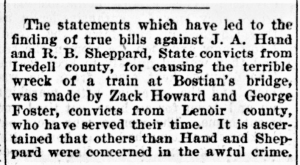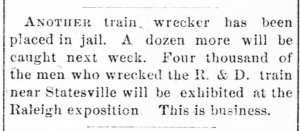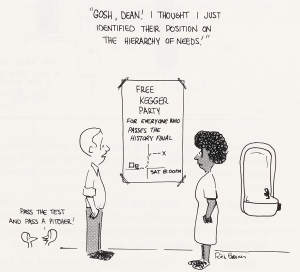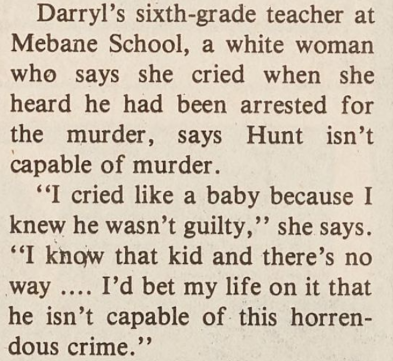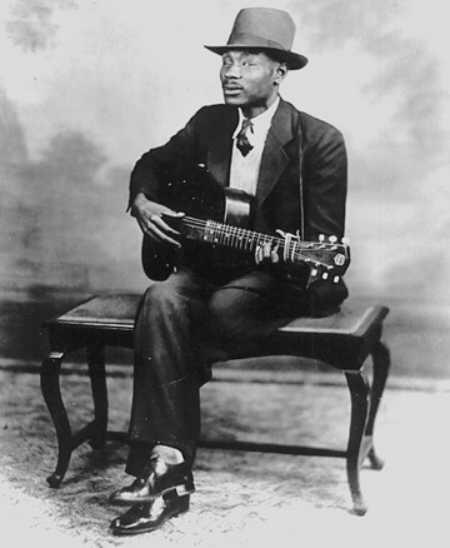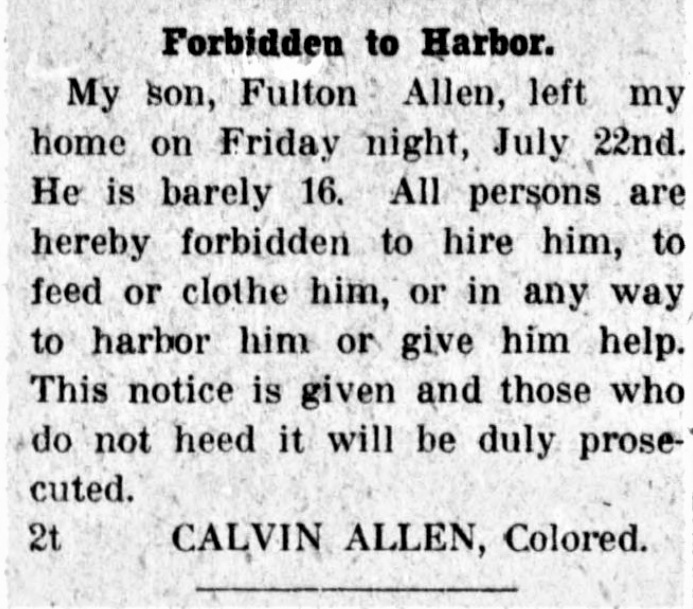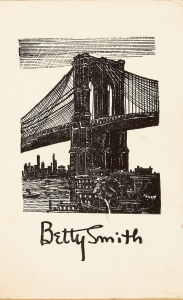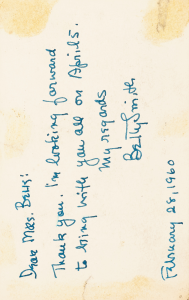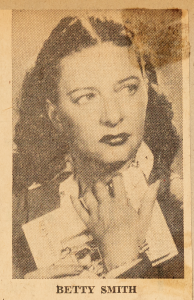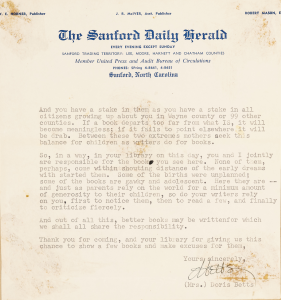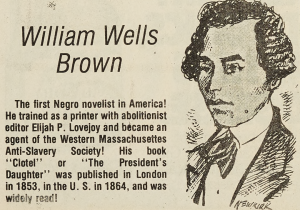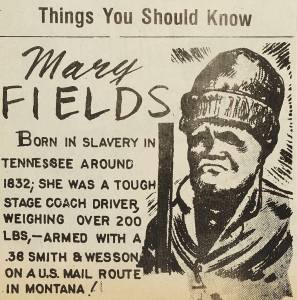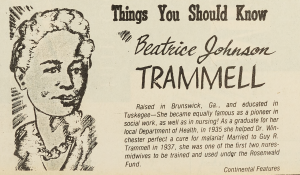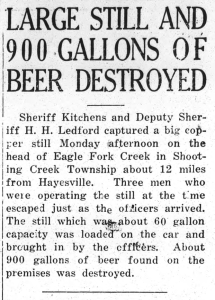Many more issues of The Daily Record from Dunn, N.C., have been added to our site thanks to our partnership with the Dunn Area History Museum and Campbell University. These daily issues span from 1963-1965 and include an assortment of local, state, and national news.
One signature of The Daily Record during these years seems to be the cultivation of sensational, attention-grabbing headlines. Typically printed in fonts even bigger than the masthead, these headlines invoke the kind of high-stakes drama and mystery that you can’t just walk past. This seems to be especially true when the story involves litigation:
In case you’re curious, the “other woman” in the love triangle was “the attractive dark-haired wife of a St. Paul truck-diver.”
But just because the headlines are flashy doesn’t mean the rest is all fluff. Here’s one story that gets better the more you read:
While this event in itself is certainly a newsworthy crime, the details build on the excitement set up by the headline. The subtitle of this article is “Youth Makes Escape in Souped-Up Car.” It goes on to specify a “freckled, red-haired youth” who made a “noisy getaway” in “a souped up automobile equipped with dual exhausts and loud mufflers.” To prepare for this robbery, he dressed up in “white tennis shoes, a bulky cardigan sweater, yellow shirt and black trousers.”
Lest you think this young man was a particularly talented bandit, the article notes that this branch of the First Union National Bank had been robbed three times in the past five years. He also apparently dropped $4,000 of his haul (contained in brown paper bags) as he fled from the bank.
While the entertainment value of these stories is high, the paper also has a lot of coverage of the national issues from 1963-65, which were numerous. Several issues reference the “Red Scare” of communism, the Vietnam War, Barry Goldwater’s run for President, and the tension of the Civil Rights Movement, albeit with a somewhat unsympathetic angle:
You can see all issues of The Daily Record by year in our North Carolina Newspapers collection. To see more materials from the Dunn Area History Museum, visit their partner page and their website. To learn more about Campbell University, you can also visit their partner page and website.








